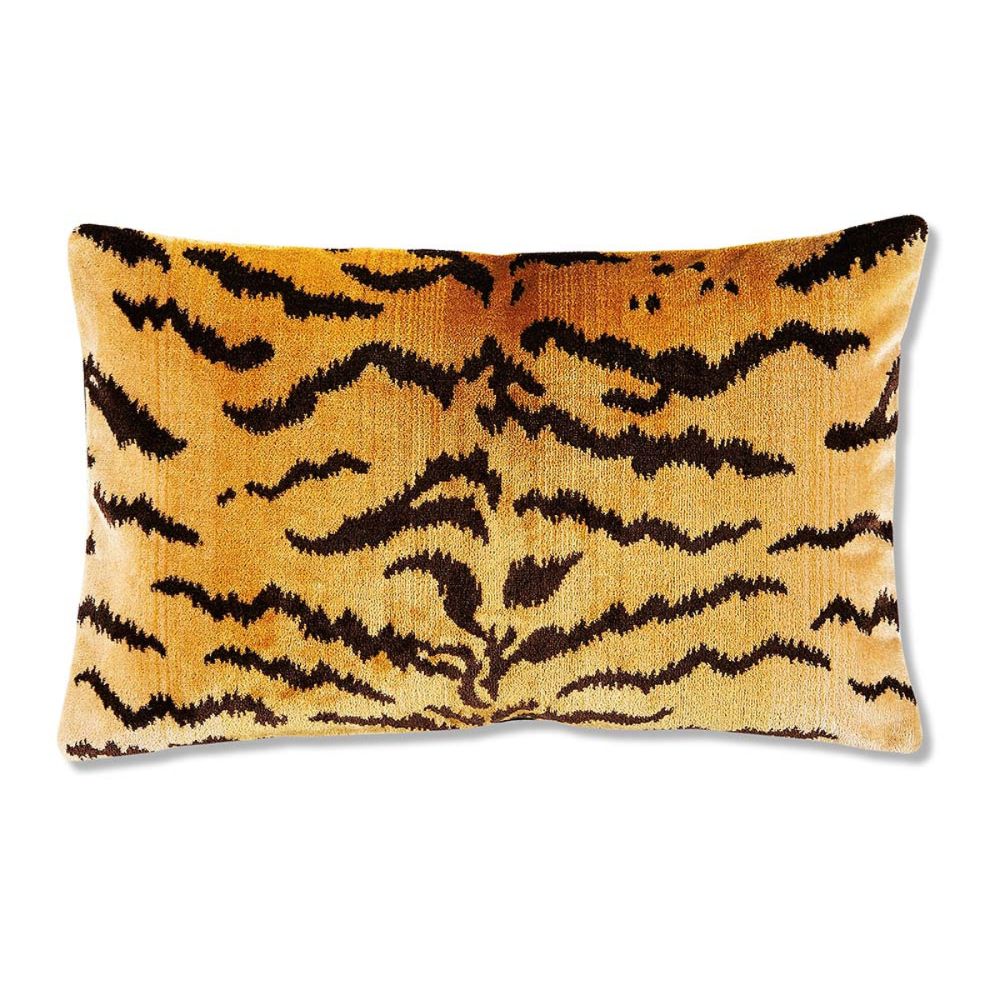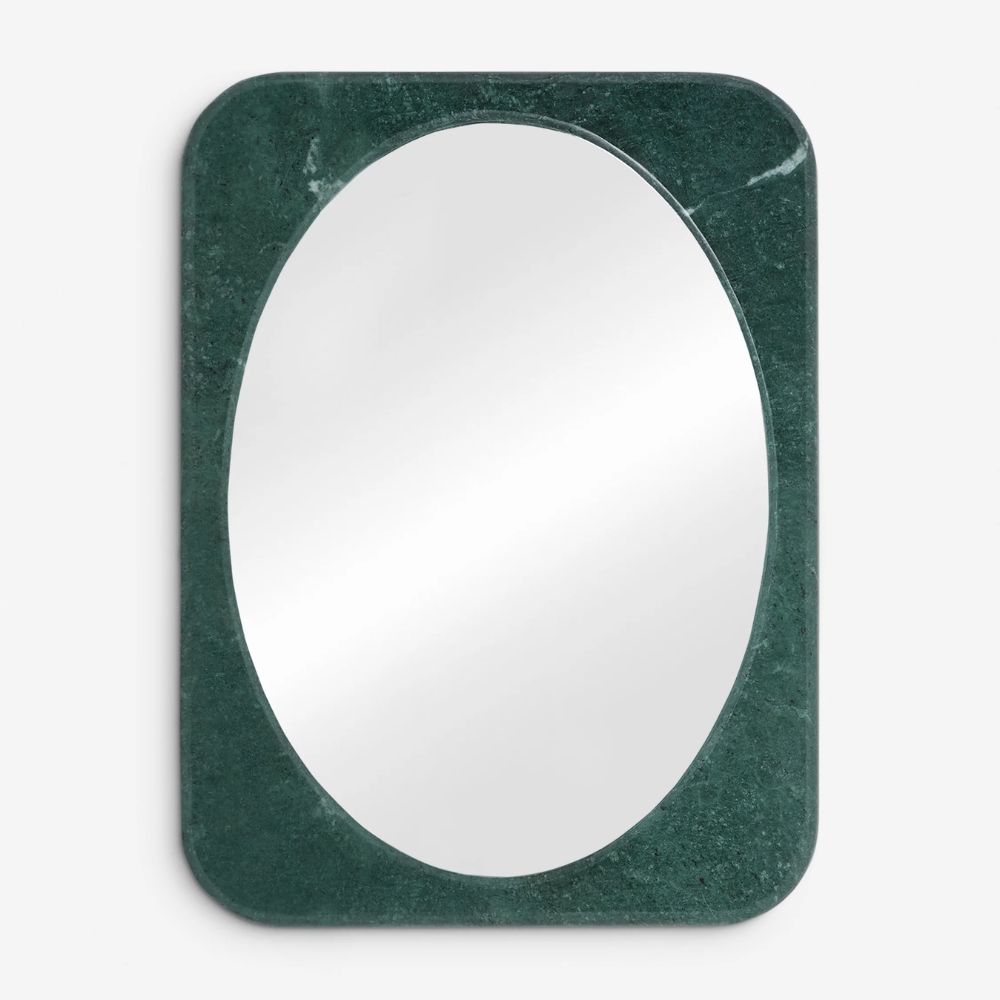Are you guilty of 'hard decorating'? This is the easy-to-make design mistake interior designers want you to avoid at all costs
From awkward pairings to stiff layouts, designer Benji Lewis explains how to spot when your home is trying too hard – and what to do instead
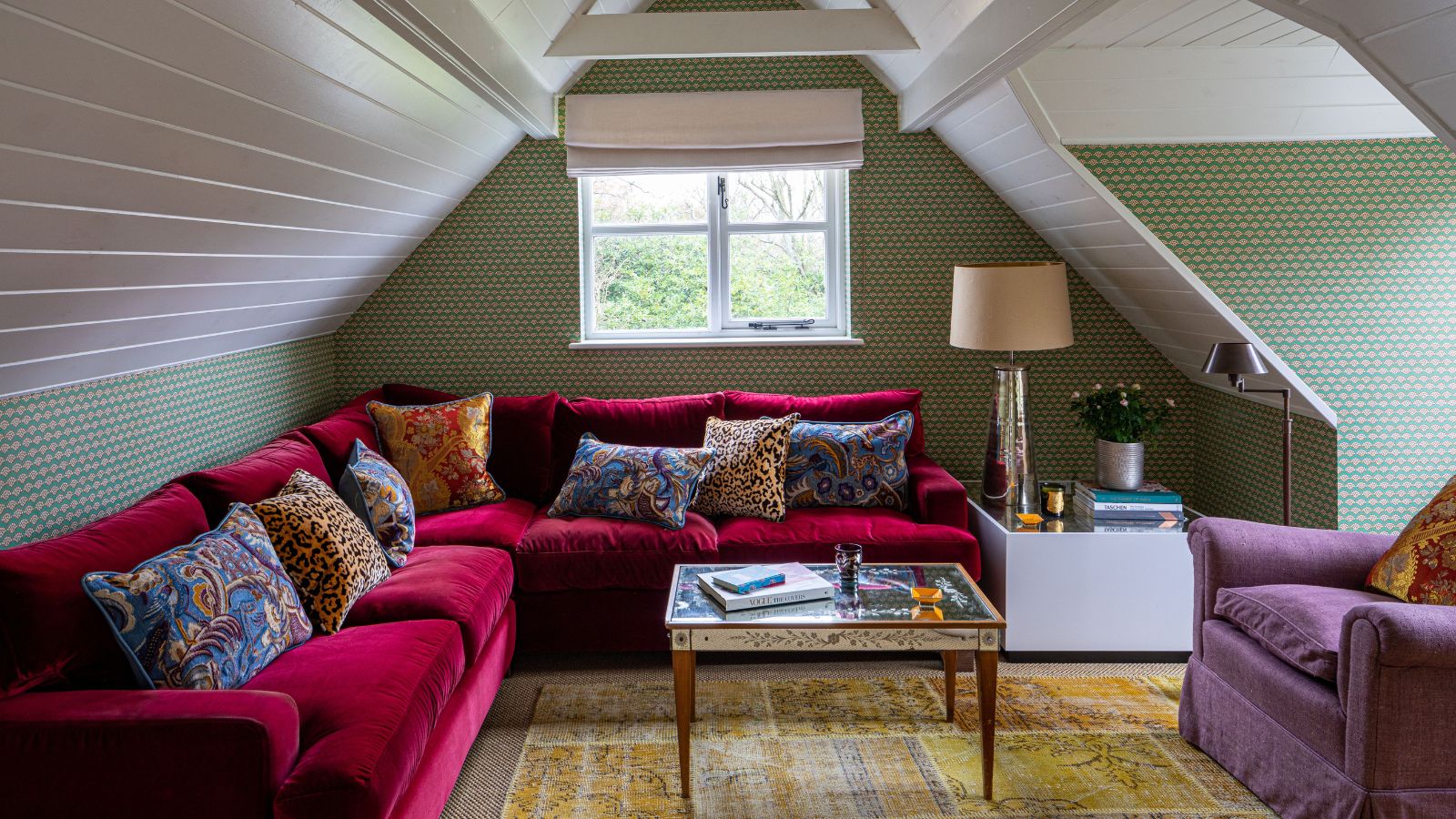

As an interior designer, I have developed a bit of a thing about what I've come to call 'hard decorating' – a term I use to describe a particular kind of overly rigid, formulaic approach to decorating.
This essentially is when there's a forced approach to making interior design decisions, which then creates some type of 'decorating by numbers' awkwardness. It’s what happens when people try too hard to follow interior design trends, replicate looks, or tick all the right boxes, and in doing so, end up with rooms that feel forced or totally soulless.
Of course, you want your interiors to look effortlessly thrown together to form a harmonious interior design style, but the reality is that the construction of a successful scheme relies on the careful consideration of every single element to achieve a sense of balance and unity.
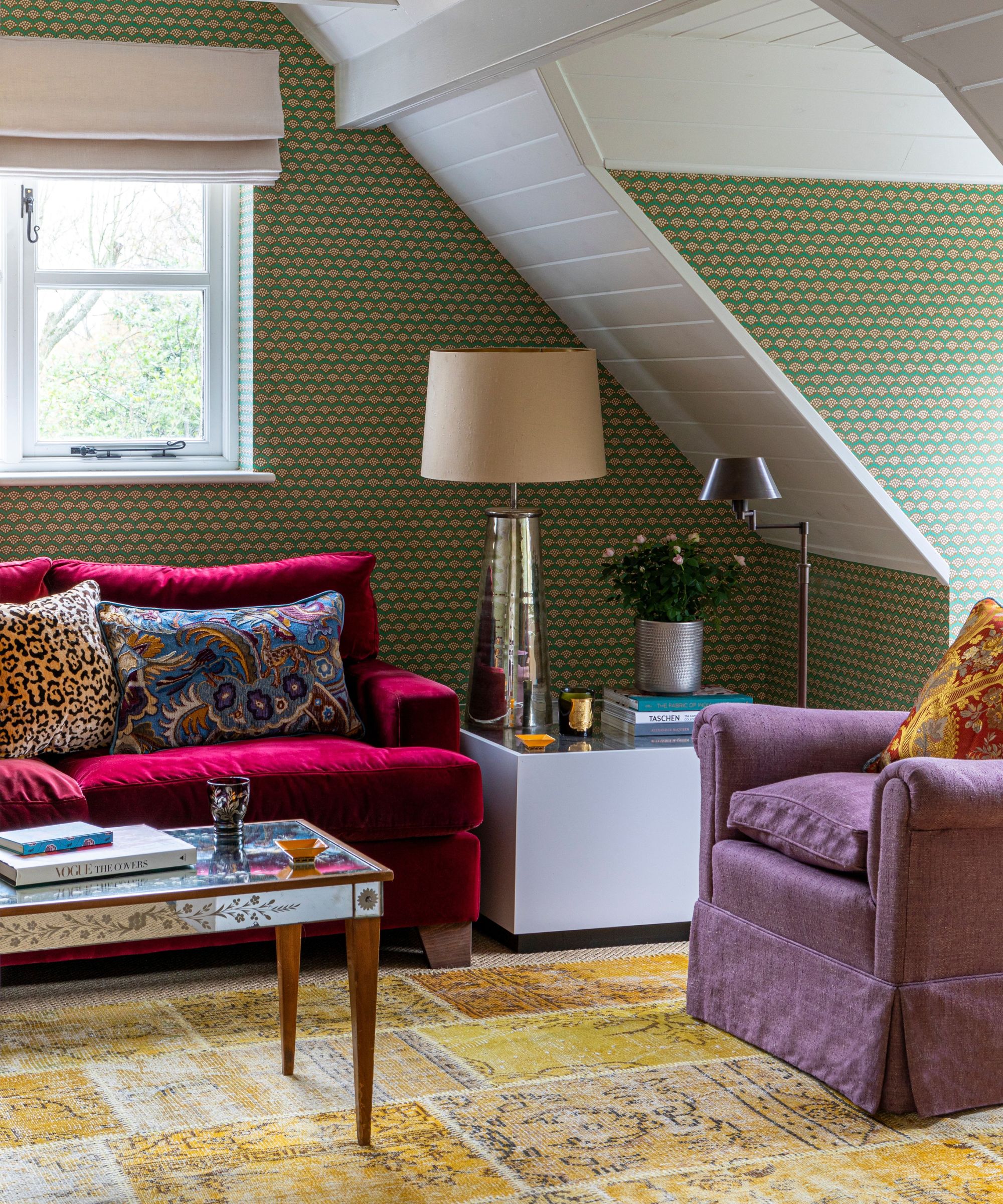
In the same way that any type of creative success happens, the end result relies on the thoughtful inclusion – or removal – of all the ingredients to ensure these dovetail perfectly together, and there's no quick way of doing this.
The number of times a client has used the word 'just' with me, as in 'well you just draw a furniture layout plan' or 'you just find a red velvet', is extraordinary, failing as they do to understand that while I'm working on the correct room layout, I'll also be thinking about how and where the appropriate red velvet will be used etc.
That’s the thing about design: it may look instinctive, but it’s anything but accidental. Every detail matters, and the best results come from careful consideration, not cut-and-paste solutions.
Here are some of the most common ways I see hard decorating show up, and the small shifts that can make all the difference.
Design expertise in your inbox – from inspiring decorating ideas and beautiful celebrity homes to practical gardening advice and shopping round-ups.
How to avoid hard decorating
1. Balance doesn't always mean symmetry
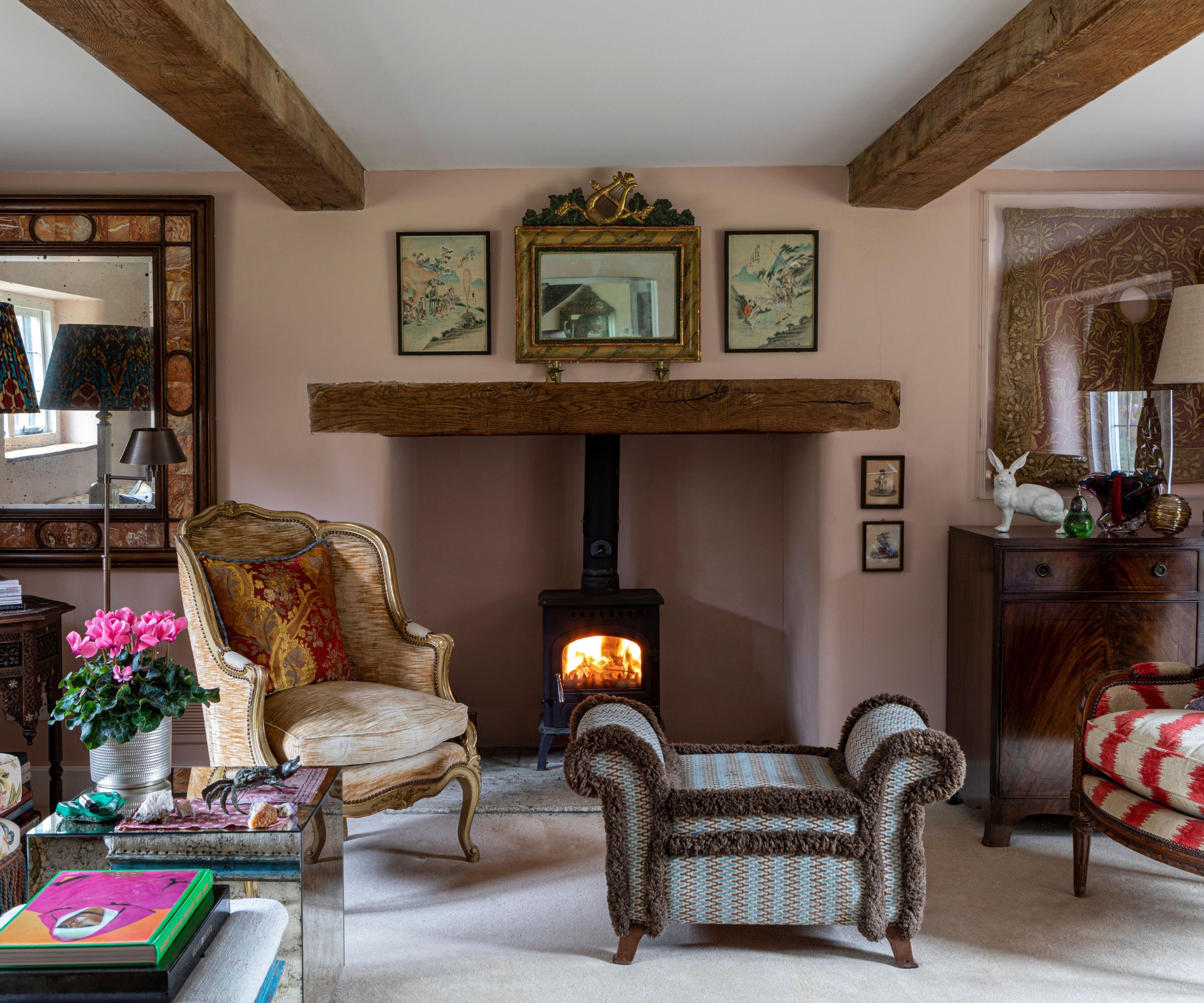
Balance is key, but shouldn't be necessarily predictable.
If, for example, you hang a pair of paintings on one side of a chimney breast, don't automatically assume you must hang another pair of similar-sized wall decor on the other side.
On the contrary, things might look more interesting if you showcase your pair of paintings on one side and then a single large piece of art on the other, but this all comes down to what else you have going on in the room.
2. Don't feel stuck to pairs
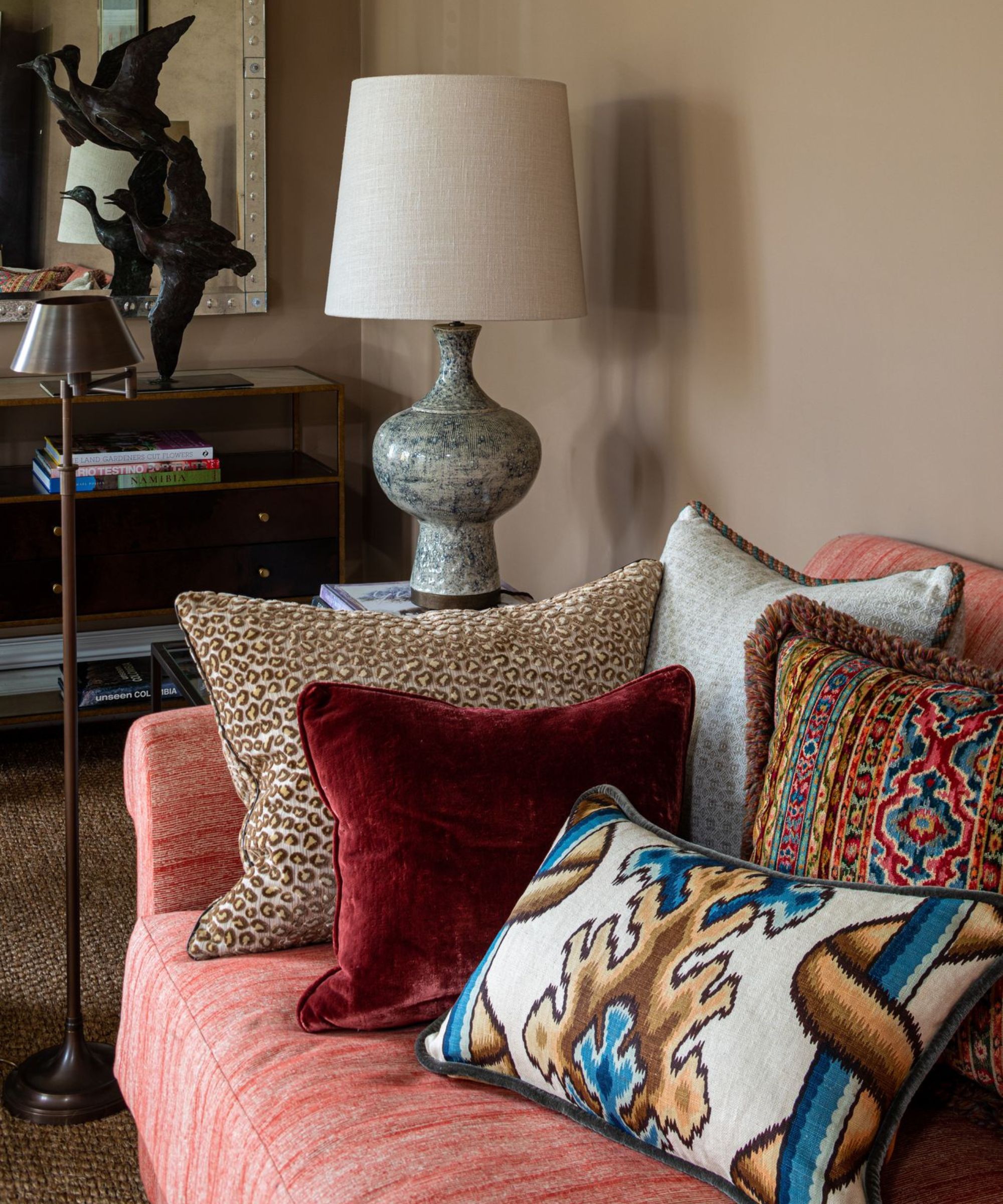
On the subject of 'pairs', there's an assumption that styling items in pairs suggests a confident decorating approach, but this can be a misnomer.
If you veer towards a traditional, country decorating ideas then by all means a pair of matched table lamps on sat on matching side tables either end of a sofa, for example, can look terrific – as long as you have your proportions correctly sorted – but it can also look contrived and fall under the hard decor umbrella if handled carelessly.
What's more interesting is to mismatch things so your side tables and table lamps don't all match, but because you've factored in scale and style, the result works beautifully. For example, try a table lamp on a side table at one end of the sofa and a floor lamp with an offset Martini table at the other.
3. Layouts should be flexible, not formulaic
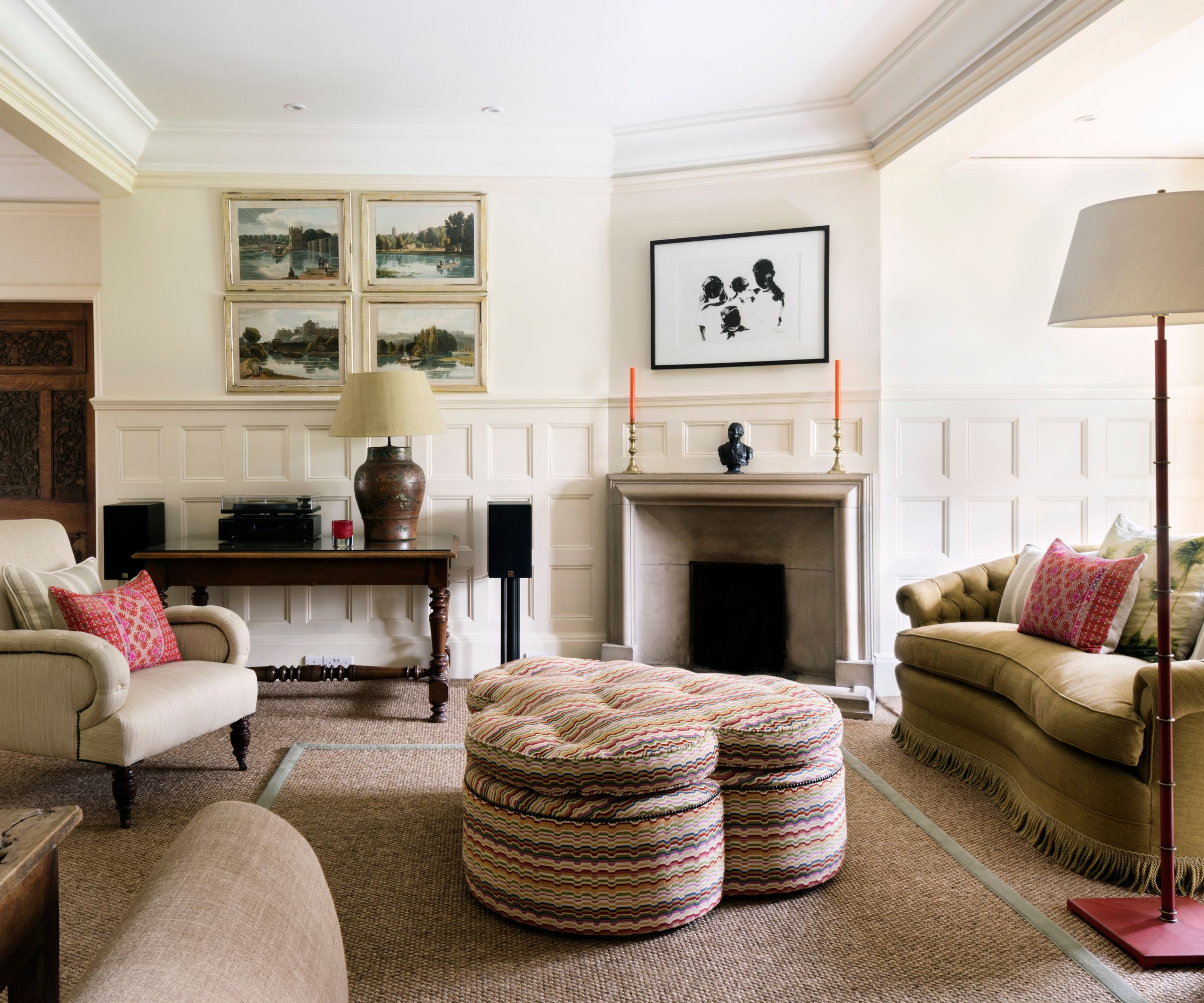
The building block of any successful room design starts with a scaled floor plan to establish what fits where and how.
I always explore ways of making this more interesting rather than doing something predictable with outdated layouts. For example, where it might seem an obvious choice to place a side table, maybe you'll be better served by placing a neat chest of drawers there instead.
Similarly, for living room furniture ideas, don't always assume a coffee table has to go in front of a sofa – maybe an upholstered ottoman will work better, or do away with anything in the middle of the room and just have neat little occasional tables positioned beside each armchair for you to put your cup of tea on.
4. Learn to spot the hard decor red flags

There are a few small details that are like a big waving red flag for hard decorating.
Inappropriately sized rugs are a dead giveaway for me. An area rug mistake to avoid is ensuring rugs are sized so that furnishings sit perfectly on them or half on/half off, but not with three feet of an armchair on and one off, making the chair wobbly.
Other particular culprits that fall under my hard decorating umbrella are: L-shaped sofas, curtain tiebacks (beautifully made curtains in neat stacks each side of a window look way better), getting overly caught up in matchy-matchy color schemes, and the notion that just because you own it, you should have it on display.
Shop characterful home decor finds
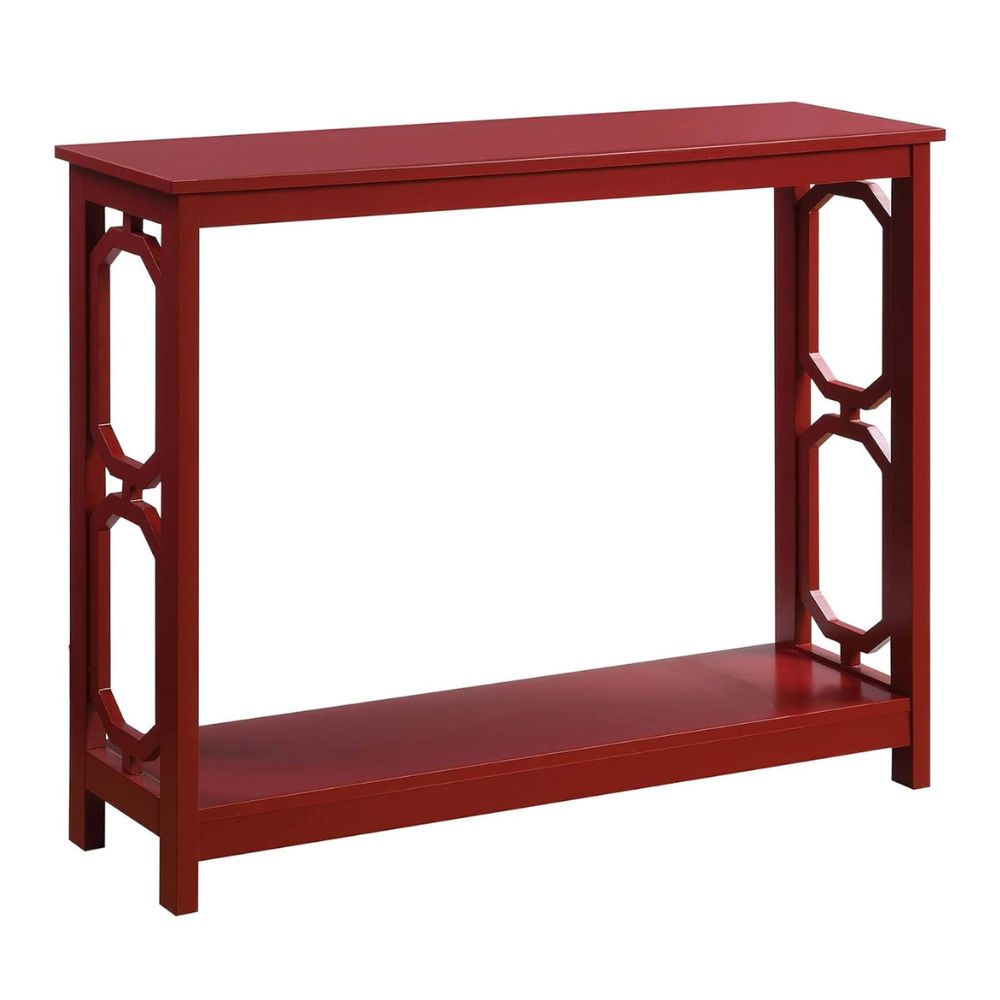
Up there with some of the best Amazon furniture I've found, this cranberry red console table adds color and dimension with its octagon side cut-outs. A great way to create a statement in your living room.
Ultimately, the most successful spaces aren’t the ones that follow every interior design rule – they’re the ones that feel the most natural, considered, and lived-in. Hard decorating is about trying too hard to make a space look right on paper, rather than letting it evolve in a way that feels right in practice. If something feels slightly off or overly polished, it probably is.
Instead, give yourself permission to go off-script. Mix your finishes, play with scale, and leave room for imperfection in order to design a home that never dates.

Benji Lewis is a UK-based interior designer who has worked on projects across the UK, France, and beyond. He approaches interiors with a nod to tradition and a wink to contemporary to create a magical mix that feels totally timeless. He is available for full project design inquiries as well as virtual consultations via his service, 'Zoom That Room'.
You must confirm your public display name before commenting
Please logout and then login again, you will then be prompted to enter your display name.
